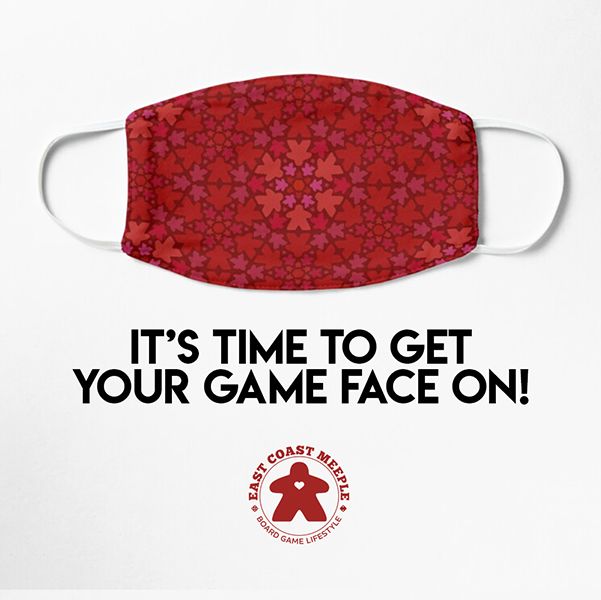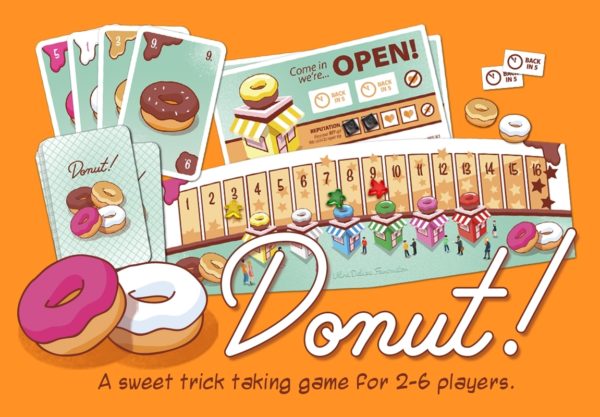
Royal Bastards, a KS Preview
What is Royal Bastards?
Royal Bastards is an area control game where players are political hopefuls competing to be the next king of Joda. Players will move around the board and compete against each other in contests. These contests have players adding their base attribute scores to chucked dice results. Cards from the player’s hand can adjust these dice results. For winning contests, players gain support tokens that they place on the board and will gain emissaries as they continue their quest to be the next king.
The game is quick to set up and understand. It will play in about an hour and will satisfy the party gamer looking for a light romp. It might also appeal to fans of fantasy tropes and to those who enjoy area control games, combat and dice chucking.
From the Box
- Game Design: Aaron Detmar, David Jordan and Joe Sibert
- Artist: Giulio Fanfoni
- Publisher: Flamestryke Games
- Player Count: 2-4
- Age Range: TBD
*Note: Images are from a review copy and are not necessarily finished art or components.
Setup
Players start by drawing three “Bastard” cards and choose one to be their “First Born”. Then they draw a Fortune and a Skeleton card to go with their starting character. Fortune cards provide an ongoing bonus while skeletons remain hidden (in your closet). Other players may play effects during the game that force you to reveal your skeleton. Once revealed the skeleton’s negative effect will be permanent. Next, players take turns constructing the board. Nine magnetic tiles easily snap together to form the board. Players then place their First Born on their homeland tile as a starting position.
9 rounds o’ Chaos
The game is played over 9 rounds. Players begin by drawing up to three Chaos cards. These cards, played at different points of the game, will buff their characters or hinder other players actions. These cards can do a number of other things as well. Some remove support tokens from the board, while others force players to reveal their skeletons. and are an exciting part of the unpredictability of the game.
In turn order, players can move around the board if they want. The amount a character can move is their “speed” stat indicated on the character card. Once everyone has landed on a tile, anyone who is sharing a space with another player will compete in a contest. A contest card drawn from the pile will show the type of contest (what stat is being tested – might, magic or mastery). The card also says what rewards there are for winning. Players can decide to play chaos cards at this point to modify their upcoming dice results. Then dice are rolled for each character (d10 for the firstborn, d8 for champions, and d6 for heralds) in the contest. Players add the appropriate attribute score plus the effects of any cards in play. They will then roll a particular die and add their base attribute to see who will win the contest. The winner gains a majority of support tokens to place on the tile. Second place and lower competitors get a lesser amount. Losing can still be rewarding.
A Festivus for the rest of us
During the third, sixth and ninth rounds, a festival will take place. To determine the location of a contest, flip a Bastard card. The contest will be in this Bastard’s home territory. Everyone on the board will head to the festival to compete in a contest. These festival contests award players with large amounts of support tokens. Players will also gain another character to help them out for the rest of the game. A bastard card is revealed for every player and, in winning order, players will pick a new, face up bastard card. This new card will become their “champion” in round 3 and their “herald” in round 6.
These festivals really bring everybody together for some chaotic fun. They force a bit of a Battle-Royal (pardon the pun) every few rounds. These contests can lead to some big swings in the game and can help a player solidify a lead or come back from the brink.
The end of the game has players totaling their support tokens per location tile. Whoever has the most support tokens on a particular tile earns the points printed there. After counting the score for all the location tiles, the player with the most points wins!
The Art of Royal Bastards
Though the game is set in a fantasy land full of orcs, goblins, trolls, and lycans, players will recognize some of the characters available. Artist Giulio Fanfoni has done a masterful job of illustrating the available bastards. He has created characters in the likeness of some famous (or infamous) politicians. For example, Barack Obama drawn as a Paladin, smiling proudly and holding out his birth certificate, proving he is a citizen of Joda. Donald Trump is also here depicted as a gangly Ogre with an absurdly long tie and a little blue bird on his shoulder (tweet, tweet)! These fantasy caricatures add a welcome dose of humor. This is a unique take on the over-saturated fantasy setting of so many board games. It’s a lot of fun trying to guess who was who in the land of Joda. The art of the people, places, contests, items, skeletons, and fortune cards do a good job of breathing life into the setting of the game.
Photo: @green_meeple
Winter is, I mean, Kickstarter is coming
Flamestryke Games has crafted a quick and fun area control game that will appeal to people who like fantasy settings and dice combat. It’s set in a unique world with great art and memorable characters. The variety of Chaos, Skeleton, Fortune and Contest Cards make for great replay-ability. As does the randomized setup of the tiles.
The games focus on dice rolling might turn away some strategic players although the Chaos and Fortune cards do offer some luck mitigation. Royal Bastards is also a game that has a sense of humor. Yet, some of that humor may not be to everyone’s taste. While it doesn’t ever reach the crassness of a game like Cards Against Humanity, Royal Bastards brand of jokes may not be for every gamer.
If you want to know more and would like to add this game to your collection, Royal Bastards is set to launch on Kickstarter July 16th, 2019.






















